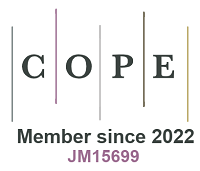Triatomic catalysts: from design strategies to energy applications
Abstract
Materials science has now progressed to the fine atomic scale, demonstrating a broad spectrum of applications in photocatalysis, electrocatalysis, and thermal catalysis. Triatomic catalysts (TACs) have attracted considerable attention, primarily because of their ultra-high atomic utilization efficiency, as well as their remarkable catalytic activity and selectivity. TACs currently face multiple challenges that affect their durability, efficiency, and stability. The high surface energy of atoms and limited loading capacity further restrict their practical applications. To address these issues and meet the strict requirements for catalyst applications, researchers have been devoted to developing novel metal triatomic catalysts with features of cost-effectiveness, high stability, excellent activity, high loading capacity, and maintained selectivity. This review systematically summarizes the recent progress in TACs, covering preparation methods, support material selection, and application fields, with an emphasis on the role of carriers in influencing TAC performance. Furthermore, the potential of TACs in energy conversion reactions, such as oxygen reduction reaction (ORR), CO2 reduction reaction (CO2RR), and N2 reduction reaction (NRR), is discussed. The existing challenges of TACs and key directions for future research in this field are also elaborated in a systematic manner.
Keywords
Triatomic catalysts; precise synthesis; energy conversion; coordination environment
Cite This Article
Jiang S, Liu K, Shang H, Gao Y, Chen W. Triatomic catalysts: from design strategies to energy applications. Chem Synth 2025;5:[Accept]. http://dx.doi.org/10.20517/cs.2025.49












